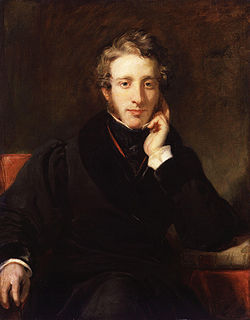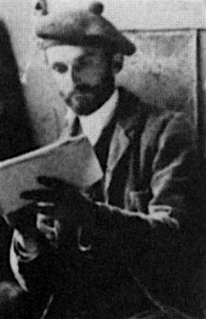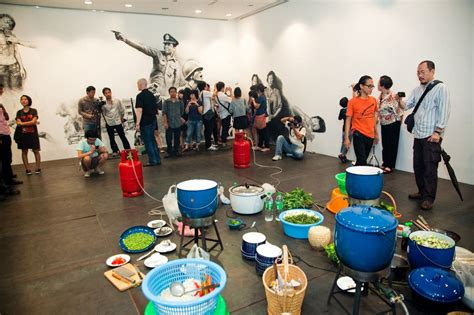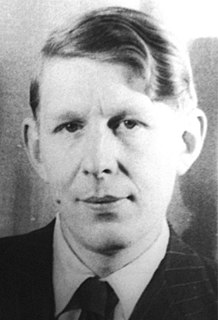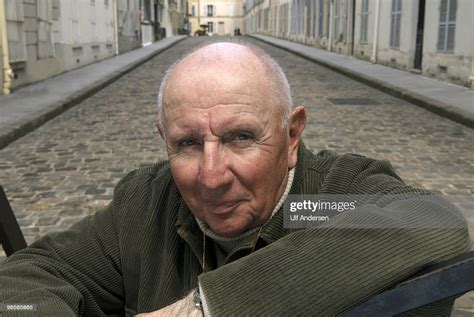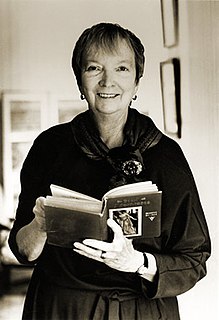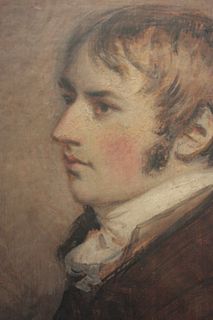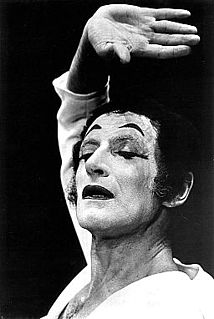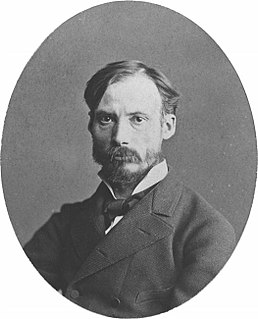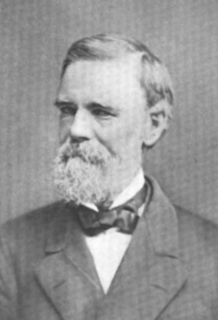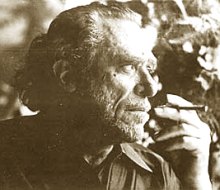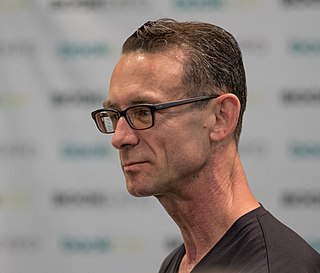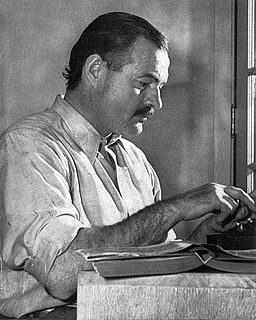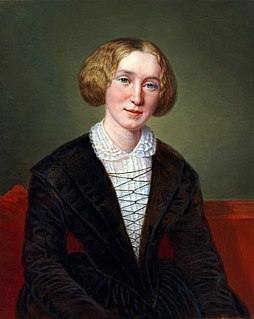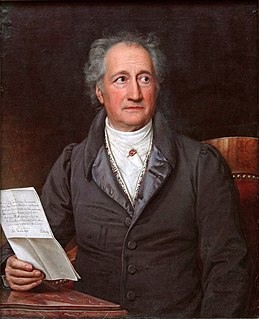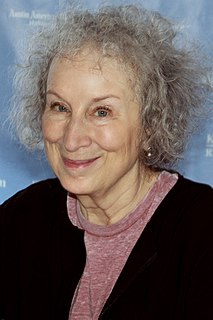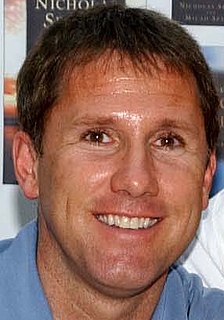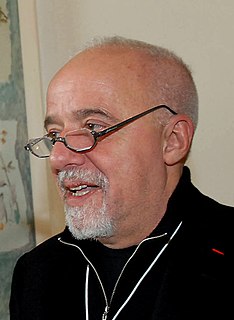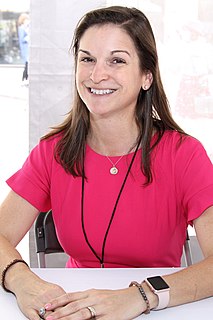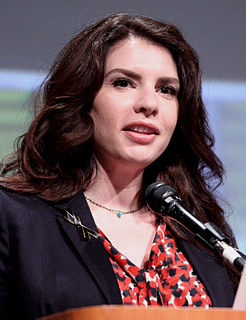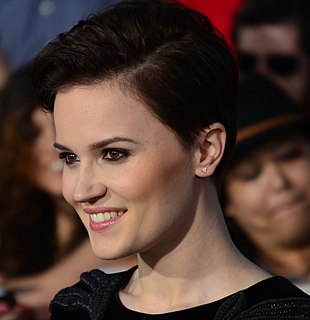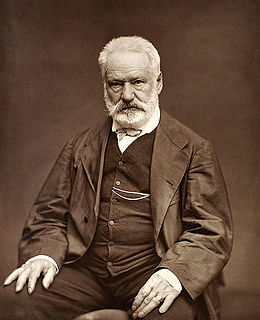A Quote by Boris Pasternak
Art has two constant, two unending concerns: It always meditates on death and thus always creates life. All great, genuine art resembles and continues the Revelation of St John.
Related Quotes
I had always drawn, every day as long as I had held a pencil, and just assumed everyone else had too…Art had saved me and helped me fit in…Art was always my saving grace…Comedy didn’t come until much later for me. I’ve always tried to combine the two things, art and comedy, and couldn’t make a choice between the two. It was always my ambition to make comedy with an art-school slant, and art that could be funny instead of po-faced.
Art isn't only a painting. Art is anything that's creative, passionate, and personal. And great art resonates with the viewer, not only with the creator...
Art is a personal gift that changes the recipient. The medium doesn't matter. The intent does.
Art is a personal act of courage, something one human does that creates change in another.
I once asked a distinguished artist what place he gave to labor in art. "Labor," he in effect said, "is the beginning, the middle, and the end of art." Turning then to another--"And you," I inquired, "what do you consider as the great force in art?" "Love," he replied. In their two answers I found but one truth.


